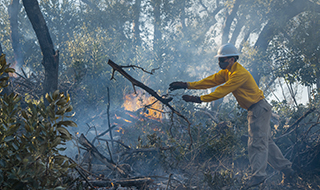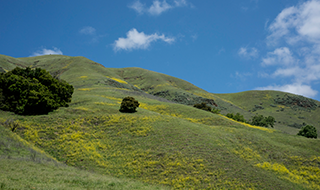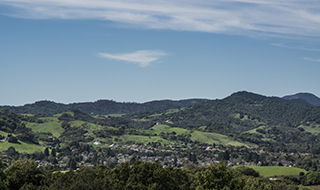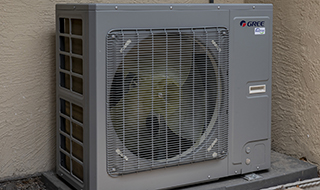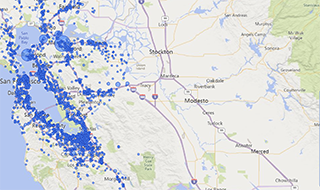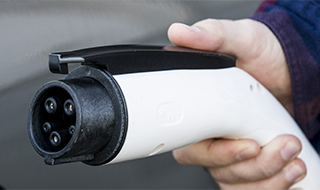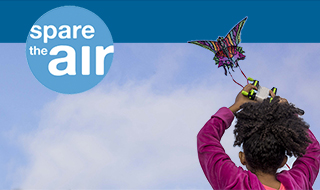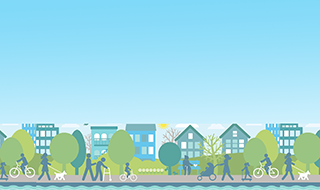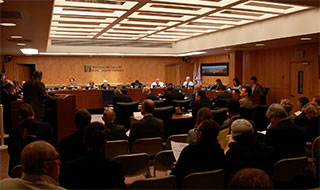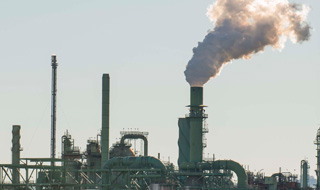-
Air District fines Chevron $900,000 for air monitoring violationsDecember 02, 2025
The Air District has fined Chevron $900,000 for failing to properly monitor air pollution emissions at its refinery in Richmond.
Learn More -
Spare the Air Alerts issued for Wednesday & Thanksgiving Day due to wood smoke pollution. Use of all wood-burning devices is prohibited.November 25, 2025
The Air District is issuing the winter season’s first Spare the Air Alerts for Wednesday, November 26, and Thanksgiving Day, which bans burning wood, manufactured fire logs or any other solid fuel, both indoors and outdoors.
Learn More -
Public Comment Deadline – Draft Local Community Benefits Fund Guidelines (Nov 25 at 5 PM)November 19, 2025
The public comment period for the Draft Guidelines for the Local Community Benefits Fund for Benicia, Richmond, and surrounding areas closes on Tuesday, November 25, at 5:00 PM. The Draft Guidelines describe the Local Community Benefits Fund, which will reinvest penalty funds back into communities impacted by air quality violations, supporting local projects that improve public health, reduce pollution, and promote a just transition.
Learn More -
The Air District is announcing the launch of its Commercial Electric Lawn and Garden Equipment Exchange Program, a pilot grant program designed to reduce air pollution by replacing gasoline and diesel-powered landscaping equipment with cleaner, zero-emission electric alternatives.
Learn More -


